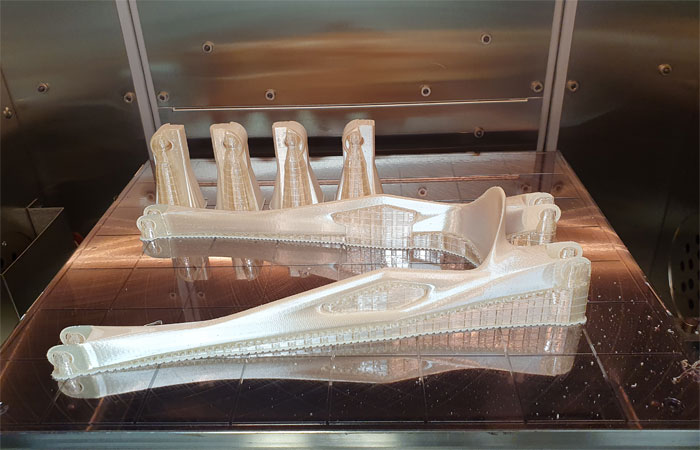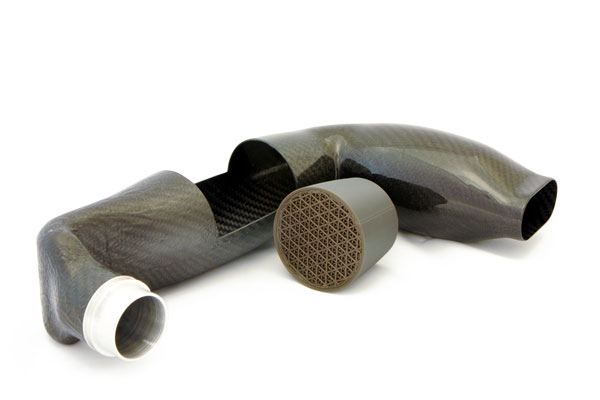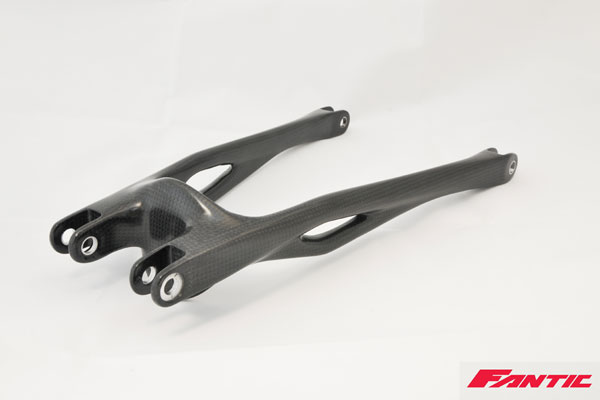RAPID PROTOTYPING
Rapid prototyping with 3D printing is the quickest, easiest and cheaper way to translate amazing ideas into successful products. Rapid prototyping will allow the flexibility to create, test and refine in ways you wouldn’t imagine, with incredible short time from concept to production.
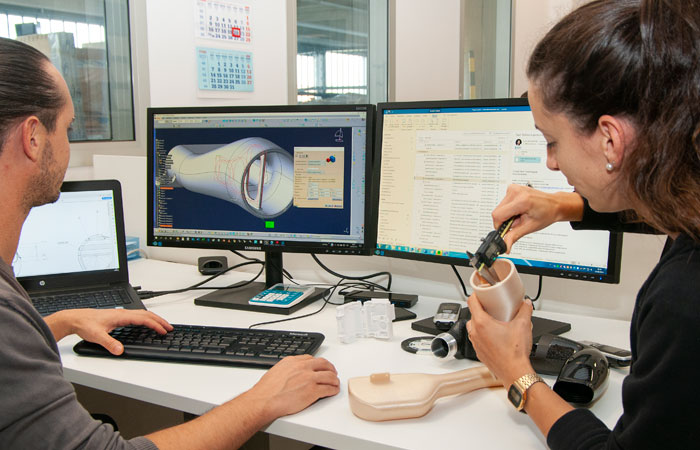
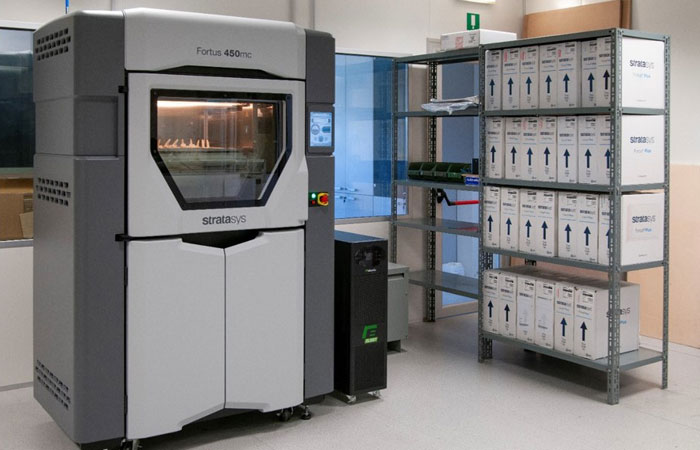
Stratasys
Stratasys founder Scott Crump invented FDM Technology more than 20 years ago, and Stratasys has continued to lead the 3D printing revolution ever since.
FDM TECHNOLOGY
FDM technology, given his additive nature, melts a filament of thermoplastic material which is then deposited by an extruder on overlapped layers, making the part. Various degree of precision and finishing are available, as well as a wide range of materials which differs by cost and properties.
